In today’s world, where stepping outside can sometimes feel like you’re swimming through a cloud of pollution, keeping the air in your home fresh is more important than ever. While you could splurge on fancy air purifiers, there are plenty of effective tricks to improve your indoor air quality without breaking the bank. These hacks focus on using what you already have or can easily get, creating a healthier environment for you and your loved ones. So, let’s dive into some smart and affordable ways to purify the air in your home.
1. Houseplants Are Your Best Friends

Adding houseplants to your home is one of the easiest ways to improve air quality. Not only do they look great, but they also work hard to filter out toxins. Plants like snake plants, spider plants, and peace lilies are known for their air-purifying abilities. According to NASA’s Clean Air Study, certain plants can remove toxins such as formaldehyde and benzene from the air. Plus, tending to plants can be a therapeutic way to bring a touch of nature indoors.
You’ll want to make sure you choose plants that thrive in your specific living conditions. Consider the amount of light and humidity in each room before making your selection. It’s not just about aesthetics; some plants require specific care and placement to thrive. Additionally, having a variety of plants can create a balanced ecosystem within your home. Remember, a healthy plant is usually an effective purifier.
2. Open Your Windows Regularly

Keeping windows open may seem counterintuitive, especially if you live in a bustling city. However, even just cracking them open for a few minutes each day can make a big difference. Fresh air circulation helps reduce indoor air pollutants and can improve overall air quality. Of course, this works best when outdoor air quality is good, so be mindful of pollution levels in your area. Ventilation is crucial for maintaining a healthy living space, and it’s free!
If you’re concerned about outdoor allergens or pollution, try opening windows during times when traffic is lighter and pollen counts are lower. Mornings and late evenings are often good times to air out your home. You can also use fans to help circulate the air more effectively. By strategically managing your home’s ventilation, you can keep the air fresh without much effort. Don’t overlook this simple yet effective method.
3. Use Essential Oils Wisely
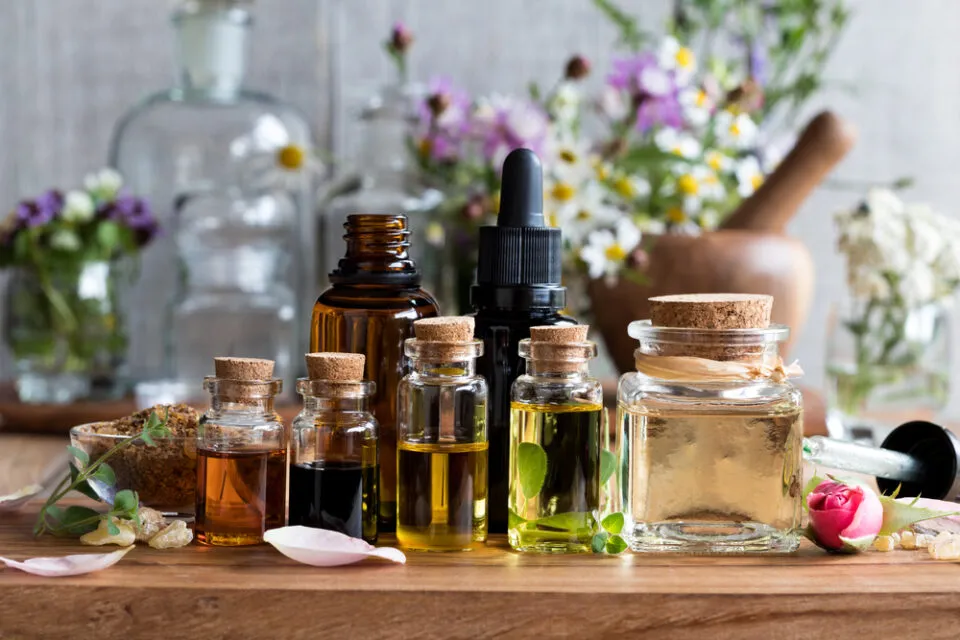
Essential oils can do more than make your home smell delightful; they can also purify the air. Some oils, such as tea tree, eucalyptus, and lemon, have natural antimicrobial properties. According to Dr. Lindsay Jones, a researcher at the University of Melbourne, diffusing certain essential oils can reduce airborne bacteria. However, it’s important to use them wisely, as overuse can lead to respiratory irritation for some people. Start with a small amount and see how your body reacts.
When using essential oils, a little goes a long way. Consider using a diffuser to distribute the scent evenly throughout a room. Alternatively, you can add a few drops to a pot of boiling water or make a homemade spray with water and essential oils. Be sure to research which oils are safe for pets and children if they share your living space. Remember, moderation is key when it comes to essential oils.
4. Keep Your Home Clean
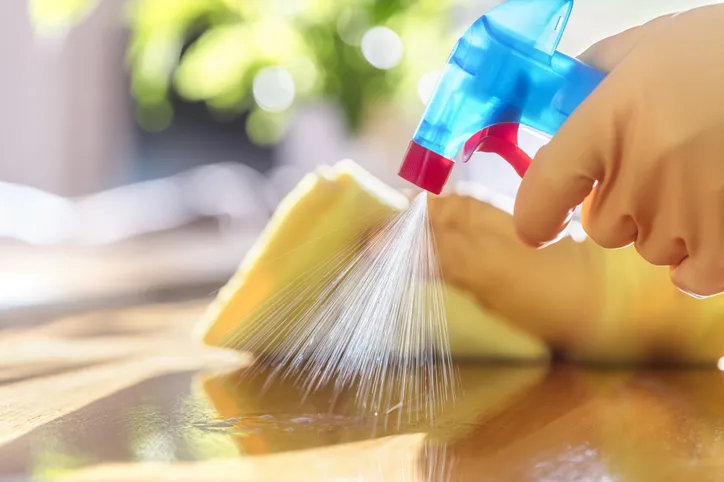
Regular house cleaning plays a significant role in maintaining good air quality. Dust, pet dander, and pollen can accumulate quickly, especially on surfaces like carpets and upholstery. Vacuuming regularly and using a vacuum with a HEPA filter can trap these particles, preventing them from circulating in the air. Don’t forget to clean or replace air filters in your HVAC system, as they can become clogged with debris over time. A clean home is not just about appearances; it’s crucial for healthy living.
Consider using eco-friendly cleaning products to minimize the release of volatile organic compounds (VOCs) into the air. Many store-bought cleaners contain chemicals that can linger and contribute to indoor air pollution. Instead, opt for natural alternatives or make your own cleaning solutions with ingredients like vinegar and baking soda. This way, you can keep your surfaces spotless without compromising air quality. A little effort goes a long way in creating a cleaner, healthier environment.
5. Cook With A Lid On

Cooking can release a surprising amount of pollutants into the air, especially if you frequently fry or saute foods. Using a lid while cooking can help trap steam and particles, reducing the amount that escapes into your home. A study published in the Journal of Environmental Science and Technology found that cooking emissions can significantly impact indoor air quality. By keeping a lid on it, you help contain these emissions and protect the air you breathe. Plus, it can speed up cooking, which is always a bonus.
Remember to use your stove’s exhaust fan when cooking, as it can help ventilate and remove excess pollutants. If you don’t have an exhaust fan, consider opening a window to allow fresh air to circulate. Regularly clean your kitchen surfaces and cooking appliances to minimize the buildup of grease and residues. This habit will not only improve air quality but also make your kitchen a more pleasant place to be. Cooking is an everyday necessity, but it doesn’t have to pollute your home.
6. Try Activated Charcoal

Activated charcoal is a powerhouse when it comes to absorbing odors and toxins. It’s a natural way to purify the air and can be used in various forms, such as bags or loose granules. Place it in rooms that need an extra air quality boost, like the kitchen or bathroom. It’s effective at trapping VOCs and other pollutants, leaving your home smelling fresh and clean. Plus, it’s a low-maintenance solution that lasts for months before needing replacement.
If you’re worried about the aesthetic, activated charcoal bags can be tucked into corners, placed in decorative bowls, or hidden in closets. They’re an excellent choice for people looking for a chemical-free option. You can even opt for charcoal air purifiers that come in sleek, modern designs to blend seamlessly with your home decor. Activated charcoal is a versatile tool in your air-purifying arsenal. Its simplicity and effectiveness make it a popular choice for conscientious homeowners.
7. Get Rid Of Mold

Mold isn’t just an eyesore; it can have serious implications for your health. It’s crucial to address any mold issues in your home promptly to maintain good air quality. According to research by Dr. Richard Shaughnessy at the University of Tulsa, indoor mold can contribute to respiratory issues and other health problems. Start by identifying areas prone to moisture, such as bathrooms and basements, and ensure they’re well-ventilated. Keep humidity levels in check, ideally between 30% and 50%, to prevent mold growth.
You can use dehumidifiers to help manage humidity, especially during damp seasons. Regularly clean areas where mold is likely to appear, using mold-killing products or a mixture of vinegar and water. Be on the lookout for leaks or water damage that might contribute to mold issues and address them promptly. Mold thrives in dark, damp environments, so keeping your home well-lit and dry is key. Tackling mold not only improves air quality but also safeguards your well-being.
8. Invest In Beeswax Candles
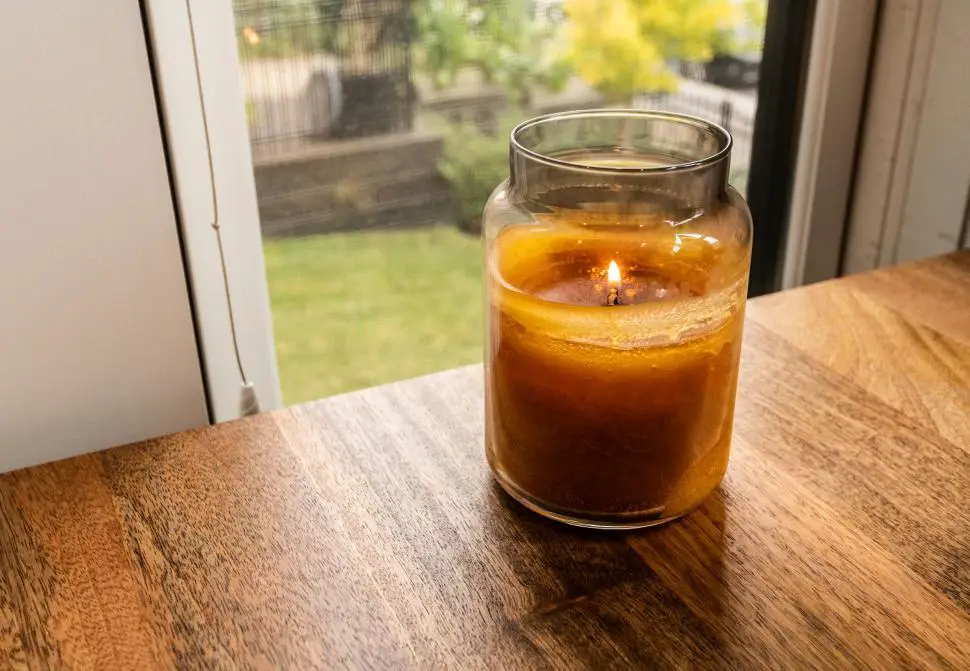
Candles add warmth and ambiance to any home, but not all candles are created equal. Paraffin candles, for example, can release harmful chemicals when burned. Beeswax candles, on the other hand, are a cleaner alternative. They have the unique ability to produce negative ions when burned, which can help neutralize pollutants and allergens in the air. This makes them a great choice for adding a cozy touch to your home without compromising air quality.
When shopping for beeswax candles, look for 100% pure beeswax to ensure you’re getting the full benefits. They tend to burn longer and drip less than regular candles, making them a cost-effective option in the long run. Plus, they emit a subtle honey scent, adding to their charm. Whether you’re relaxing after a long day or setting the mood for a special occasion, beeswax candles are a smart and stylish choice. Your lungs will thank you for the switch.
9. Avoid Synthetic Fragrances
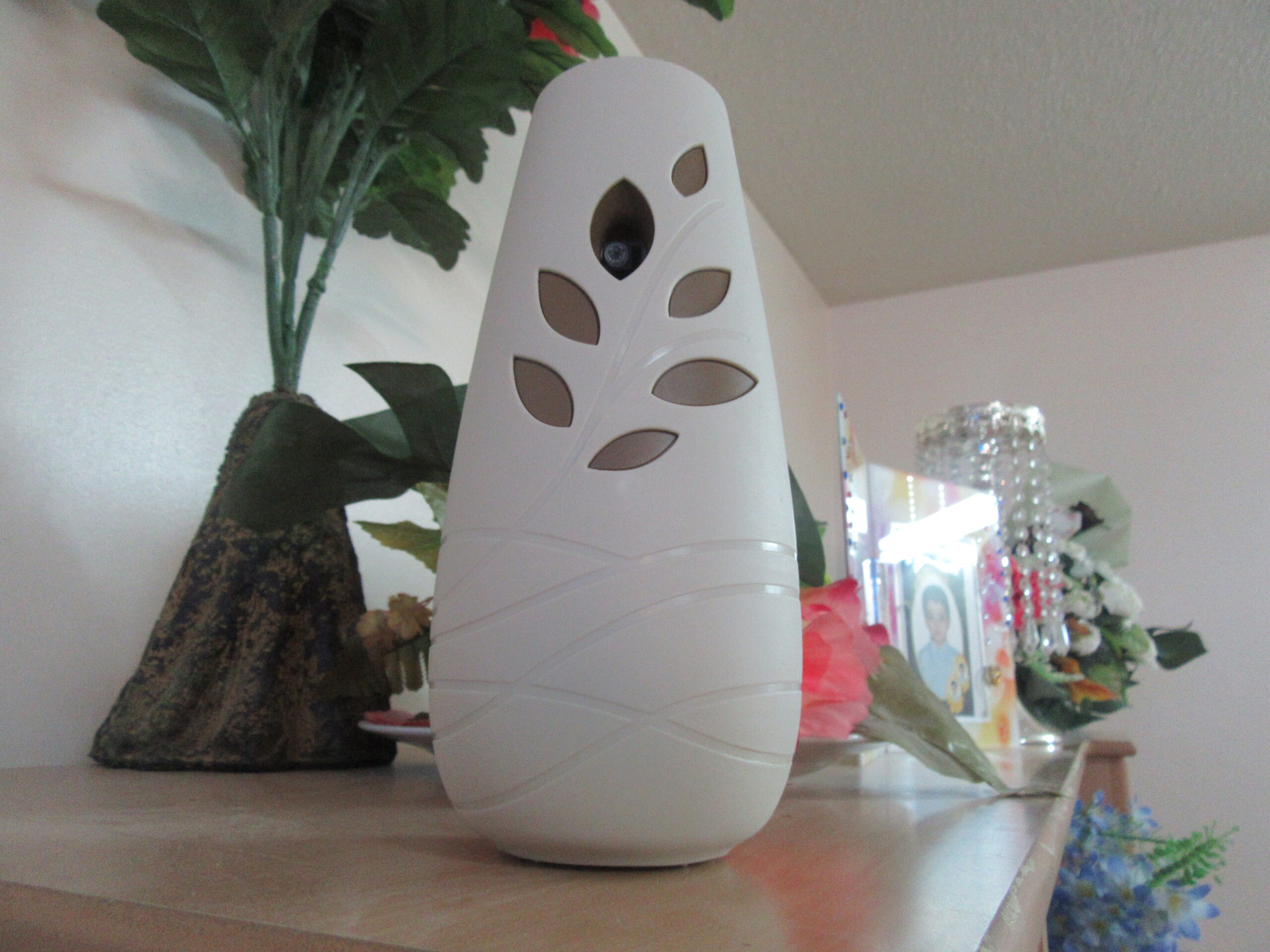
It’s tempting to use air fresheners or scented candles to mask unpleasant odors, but synthetic fragrances can do more harm than good. Many contain chemicals that can contribute to indoor air pollution and trigger allergies. Instead, opt for natural alternatives like essential oils or homemade potpourri. These options can offer pleasant scents without the harmful side effects. It’s an easy switch that can dramatically improve the air you breathe.
If you’re not ready to give up your favorite scents, look for products labeled “fragrance-free” or “free from synthetic fragrances.” Making your own air fresheners is also a fun and creative project. Try simmering citrus peels, herbs, and spices on the stove for a natural aroma boost. Additionally, regularly ventilating your home can help eliminate odors without the need for added fragrances. It’s time to say goodbye to artificial scents and hello to a healthier home environment.
10. Embrace Salt Lamps
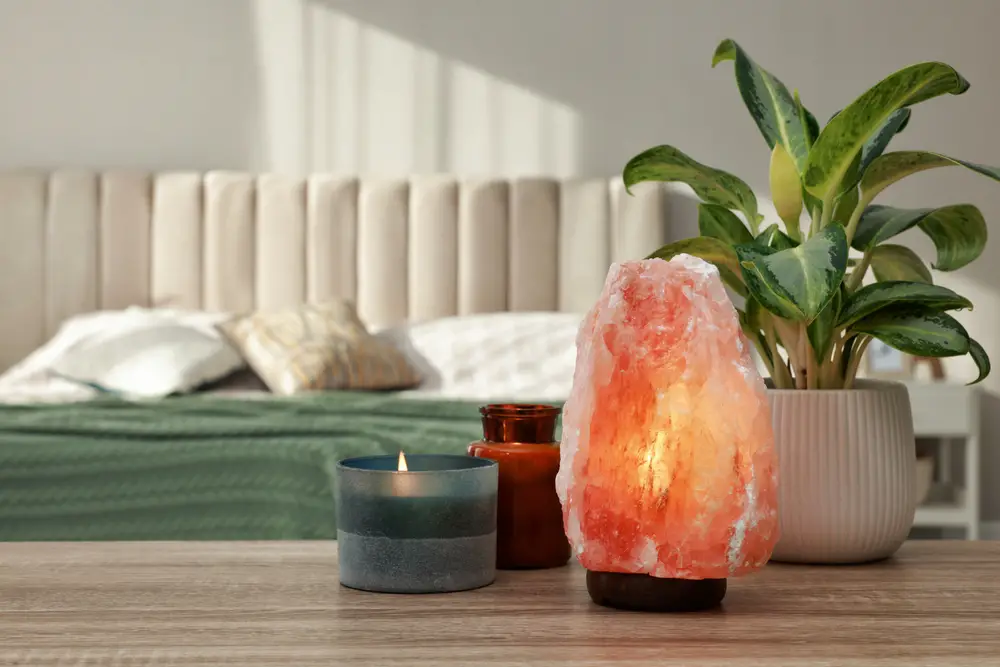
Salt lamps have gained popularity not only for their warm glow but also for their purported air-purifying benefits. Made from Himalayan salt crystals, these lamps are said to emit negative ions, which can help neutralize airborne pollutants. While scientific evidence is limited, many people claim to experience improved air quality and better sleep with salt lamps in their homes. They serve as a natural air sanitizer and add a cozy, ambient light to any room. Plus, they require minimal maintenance, making them a low-effort addition to your home.
Choosing the right salt lamp is crucial for maximizing its benefits. Look for lamps made from genuine Himalayan salt and ensure they have a sturdy base. Keep them in areas where you spend a lot of time, such as the living room or bedroom. While they may not replace a high-tech air purifier, they can certainly complement other air-cleaning efforts. Salt lamps are a stylish and potentially beneficial addition to any home focused on well-being.
11. Keep Your Pets Groomed
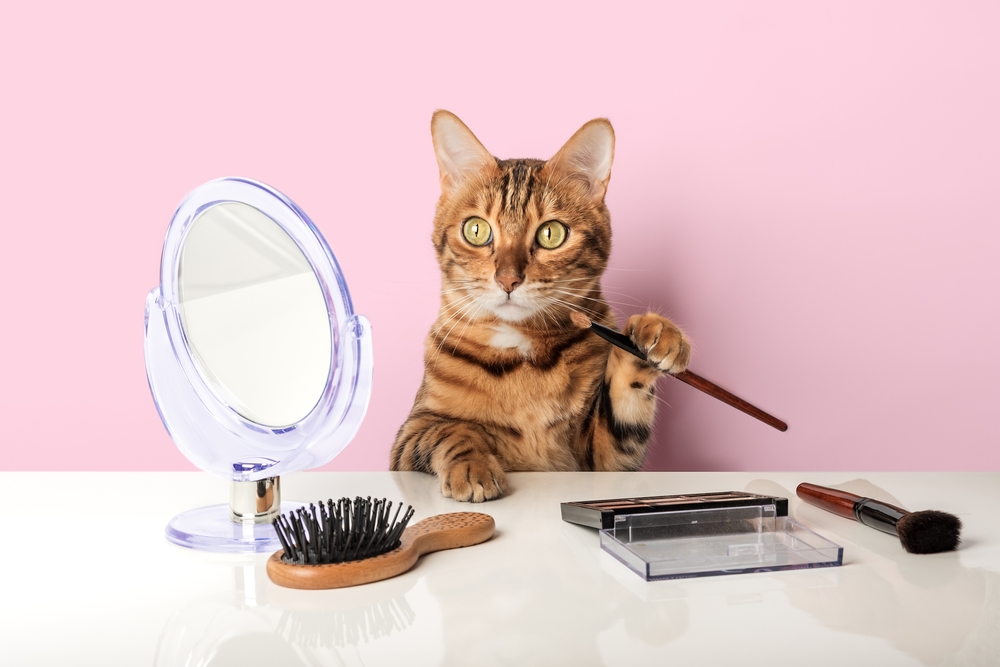
Pets are wonderful companions, but they can also contribute to indoor air pollution. Pet dander, fur, and odors can accumulate rapidly, negatively impacting air quality. Regular grooming is essential to minimize these effects. Brushing your pets frequently and bathing them as needed can help reduce the amount of dander and hair they shed. Additionally, maintaining a clean living space by vacuuming and dusting often can go a long way in keeping the air fresh.
Consider using air purifiers with HEPA filters in areas where your pets spend the most time. These can capture small particles like pet dander that regular cleaning might miss. If you have allergies, designate pet-free zones in your home for added relief. Keeping your pets’ bedding clean and washing it regularly can also help reduce allergens. With some consistent effort, you can enjoy the company of your furry friends without sacrificing air quality.
12. Use Natural Cleaning Products
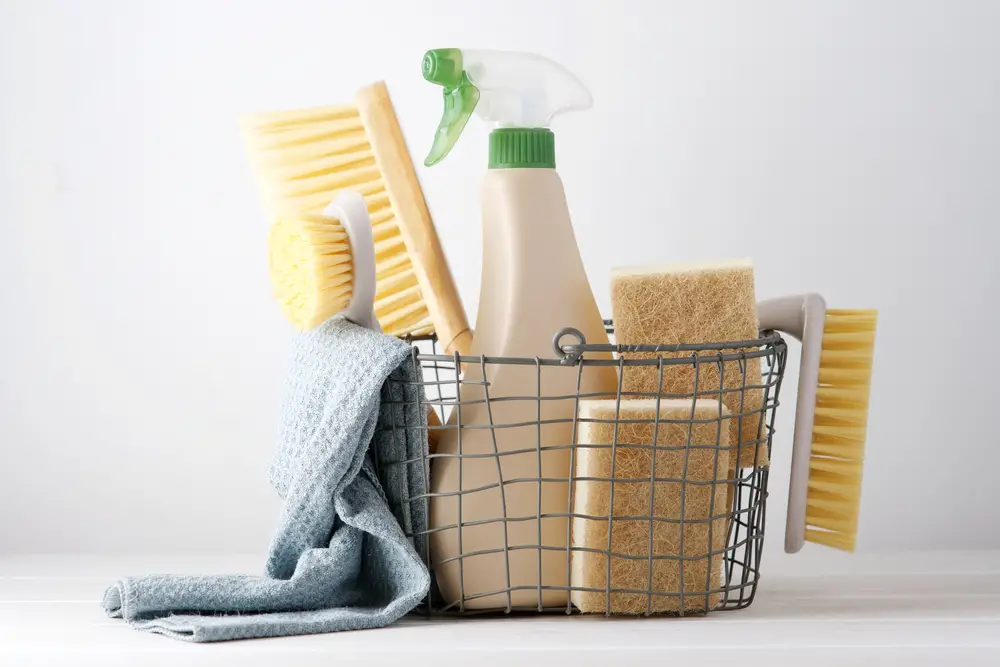
Switching to natural cleaning products is a simple yet effective way to improve indoor air quality. Many conventional cleaners contain harsh chemicals that can release VOCs, contributing to pollution. Opt for products with natural ingredients or make your own with household staples like vinegar, baking soda, and lemon. These alternatives are not only better for the air but also gentler on surfaces and safer for people and pets. It’s a win-win for both your home and the environment.
When shopping for natural cleaning products, look for those certified by reputable organizations to ensure effectiveness. Making your own cleaning solutions can also be a fun and rewarding experience. Experiment with different combinations of ingredients to find what works best for you. Remember to label homemade cleaners clearly and store them safely. Transitioning to natural cleaners is a straightforward way to breathe easier and reduce your ecological footprint.
13. Maintain Proper Ventilation

Proper ventilation is crucial for maintaining healthy indoor air quality. Without adequate airflow, pollutants can accumulate and persist, negatively impacting your health and comfort. Ensure that your home has a good ventilation system in place, especially in areas like the kitchen and bathroom. Exhaust fans and vents can help remove excess moisture and odors, while ceiling fans can circulate air throughout the house. Keeping your home well-ventilated is a simple and effective way to enhance air quality.
If you’re renovating or building a new home, consider incorporating energy-efficient ventilation systems. These can improve air circulation without compromising energy use. In existing spaces, regularly check that vents and fans are clean and unobstructed. Even small changes, like using doorstoppers to promote cross-ventilation, can make a difference. With the right approach, maintaining proper ventilation can help you enjoy a fresher, healthier home environment.
